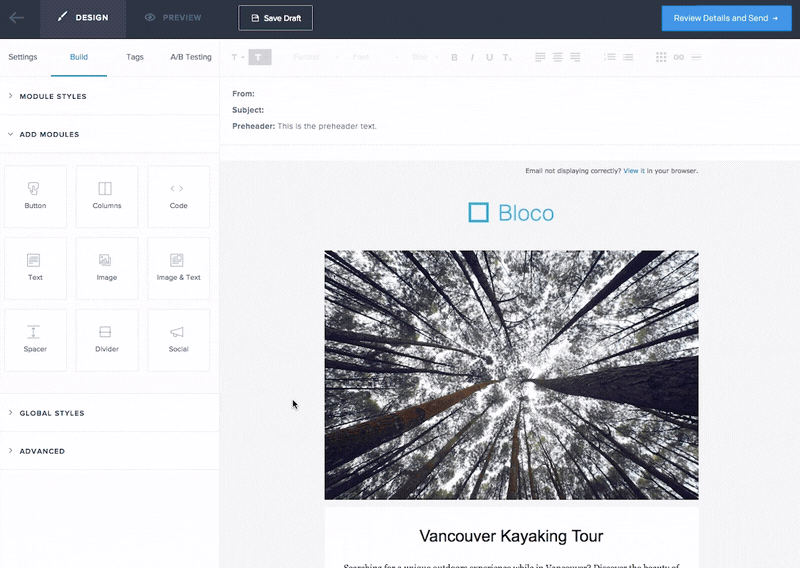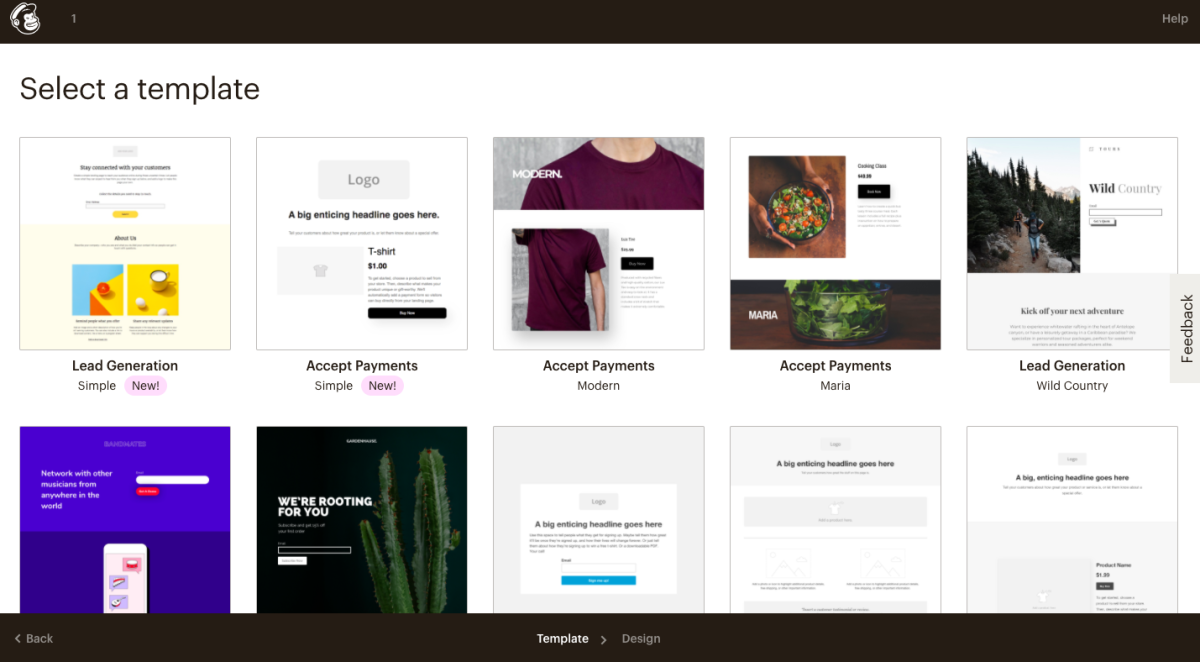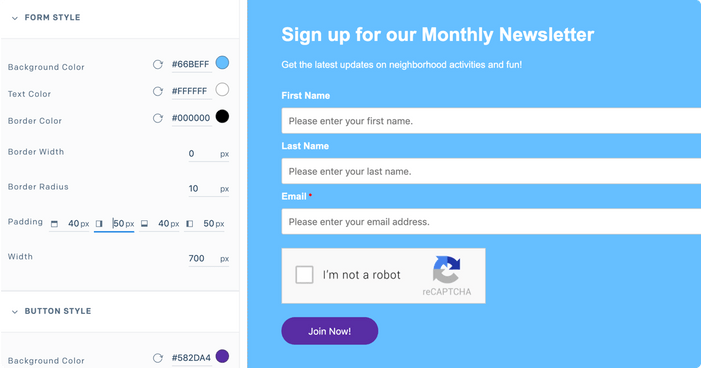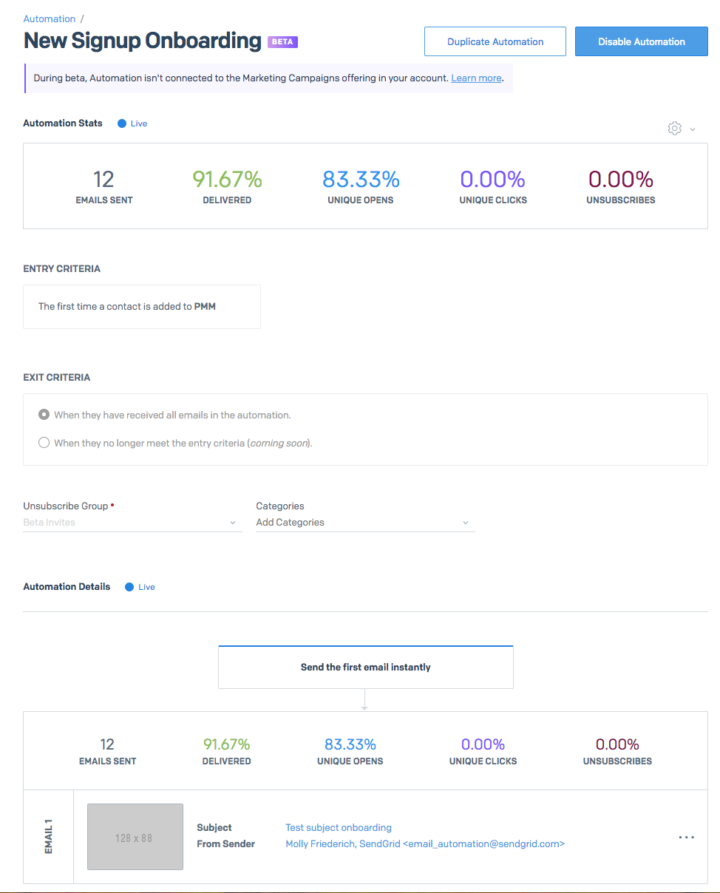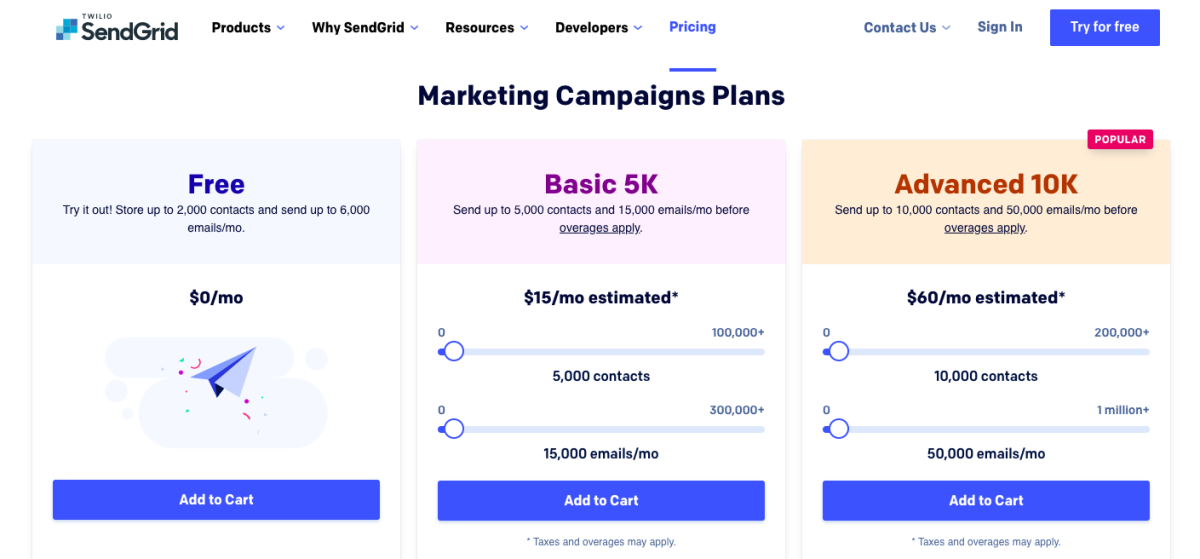1. You're a developer with complex requirements
The main difference between SendGrid and Mailchimp is that SendGrid thrives in more technical use cases. While Mailchimp is the most mainstream email marketing provider, SendGrid is the best email tool for developers with complex requirements plus a desire for great code and flexibility. It's built by developers, for developers – no question about it.
If you're looking for a transactional email provider to help you send password recovery emails or notifications to users from your website, SendGrid is one of the best choices out there. They pioneered the API-driven transactional email market in 2009, so you'll be in good hands. To link up SendGrid with your app, they have a well-documented API or you can use SMTP. You can also choose a plan that comes with a dedicated IP if that’s important to you.
For startups in the early stages of launching a new app and acquiring users, SendGrid's Free plan will come in useful while you're getting up and running. Dev students can also get 15,000 email sends a month for free with SendGrid as part of their GitHub Education program.
2. You're operating at scale
SendGrid won't blink an eye if you need to send a million emails – their technology can handle it without a hitch. As the largest cloud sender, they have designed their email delivery platform for lightning-fast speed, scalability and reliability for brands that can't afford mistakes. SendGrid also has a vast amount of data at its fingertips to predict trends and vulnerabilities like no one else can.
3. You need an ecommerce or transactional email solution
SendGrid's email services are a brilliant choice to drive retail purchases, confirm bookings, promote sales and manage subscriptions. It was built to be reliable and infinitely scalable for sending both transactional emails and marketing emails, although we feel that their strength is definitely on the transactional and technical side.
Overall, the tool has a ton of perks for ecommerce businesses, and it's no surprise that SendGrid is trusted by brands as big as eBay. This is one of the ways that SendGrid really stands out in a comparison with Mailchimp, even if Mailchimp has been optimizing their own transactional solution.
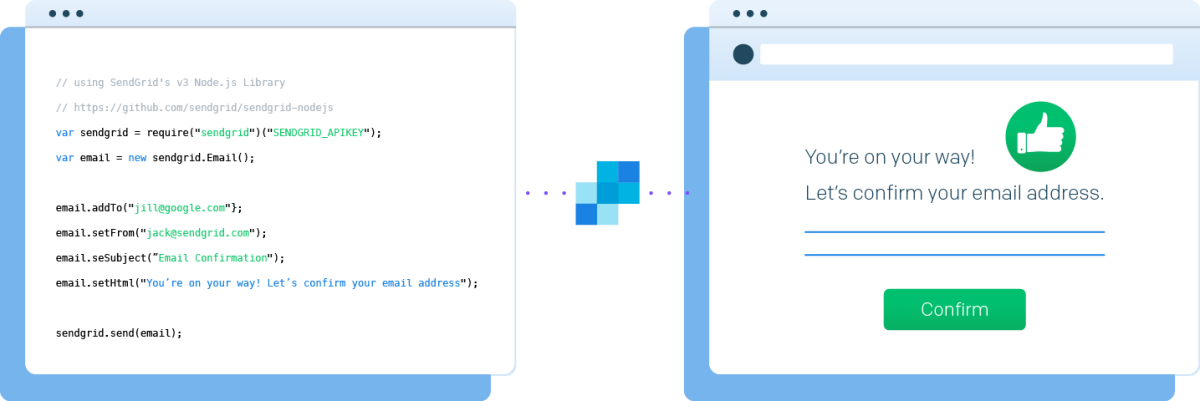
4. You want more data
SendGrid knows that tracking and evaluating email marketing statistics is essential to the success of any campaign, and many SendGrid users love their reporting and statistics suite. Mailchimp’s analytics are great, but SendGrid’s stand out in a comparison of the two.
